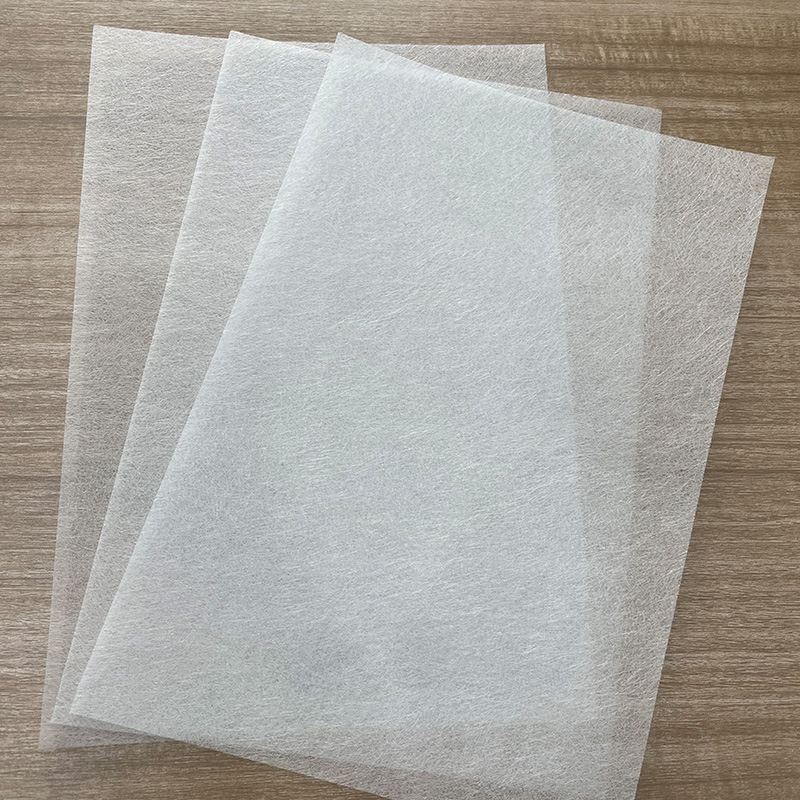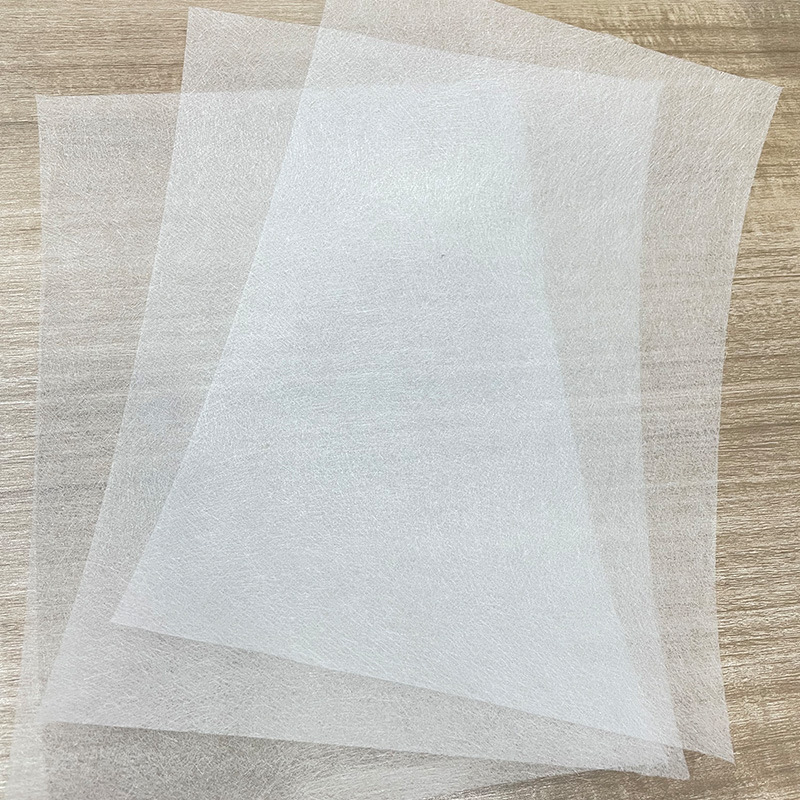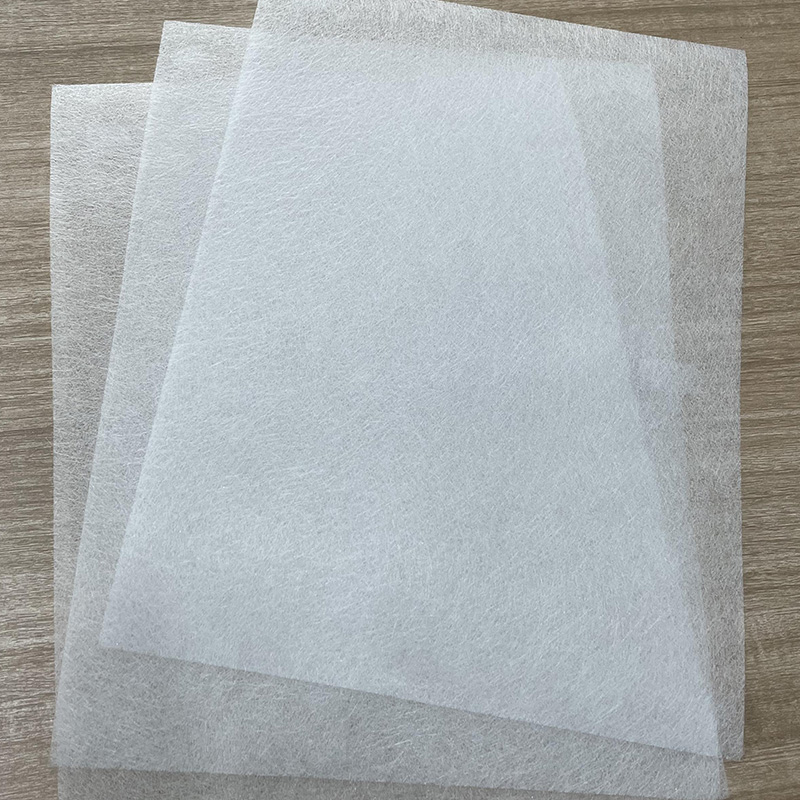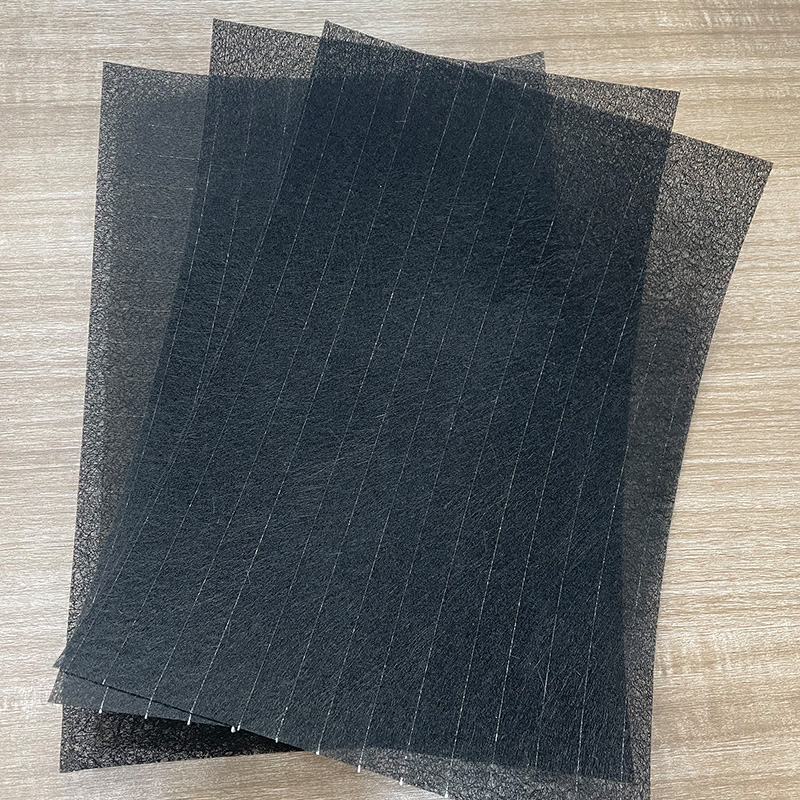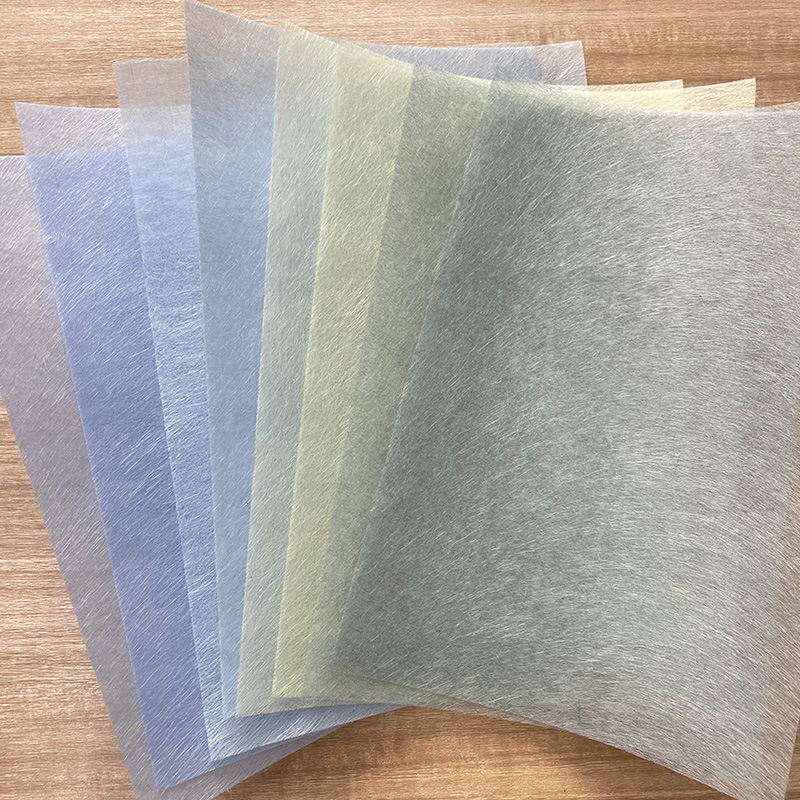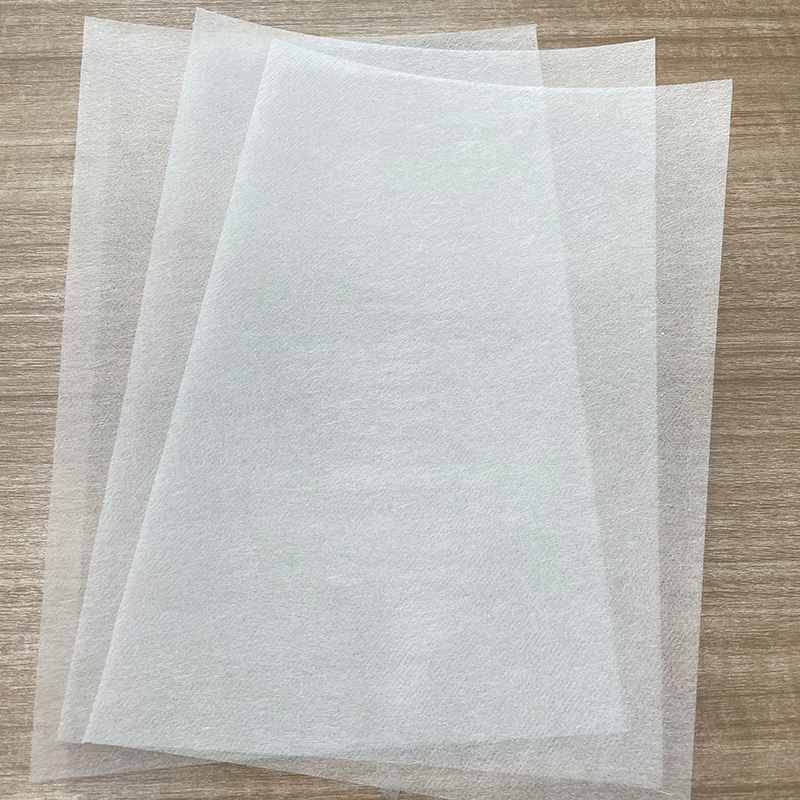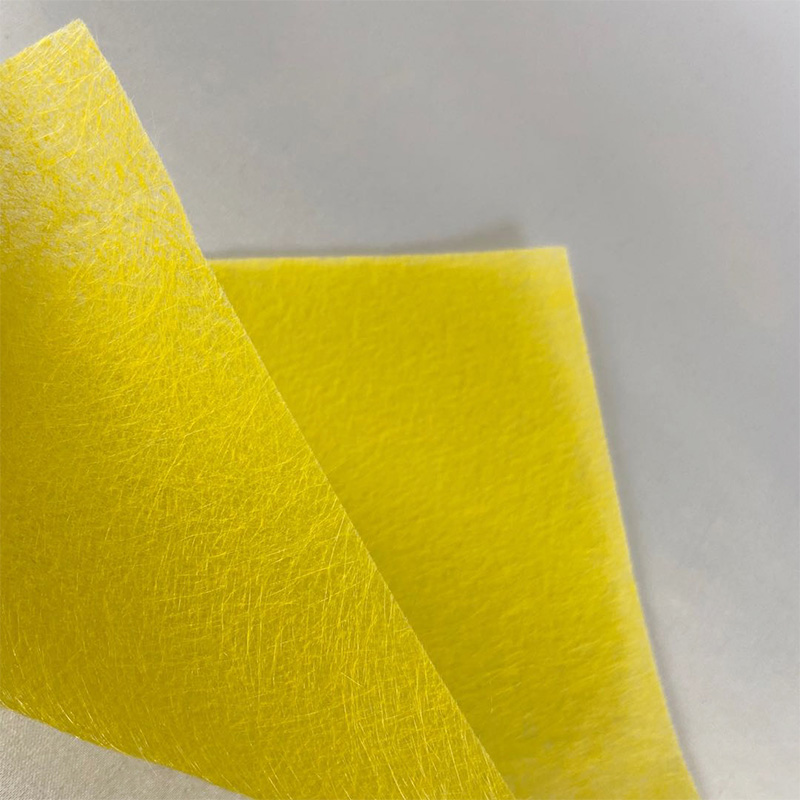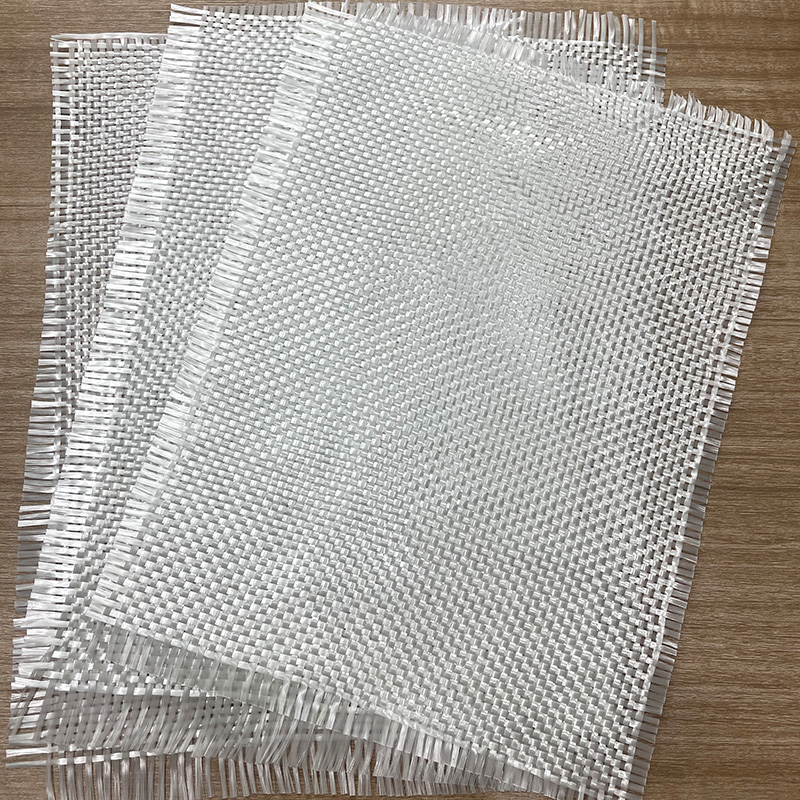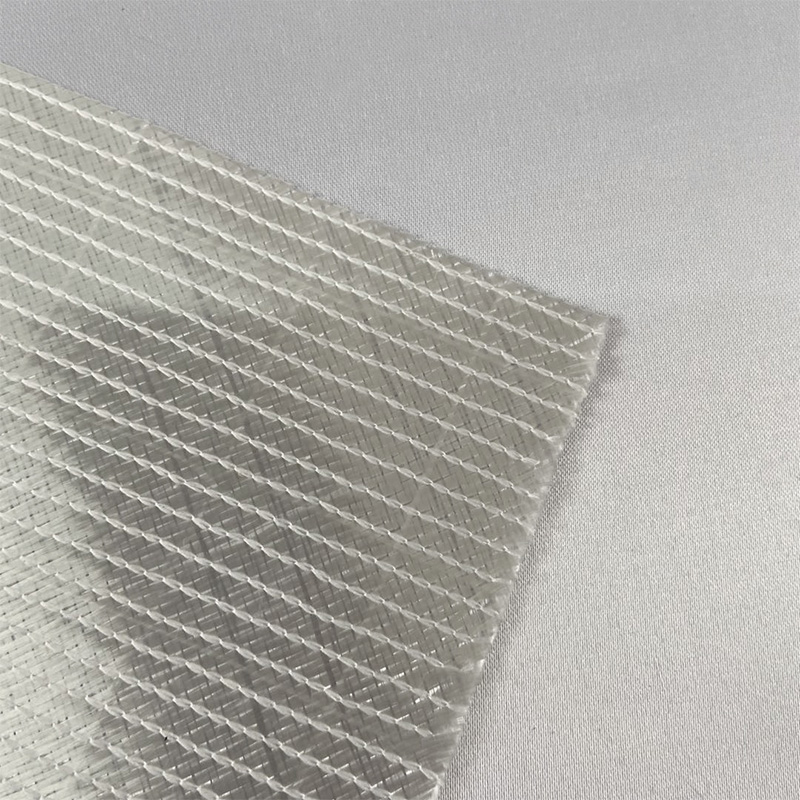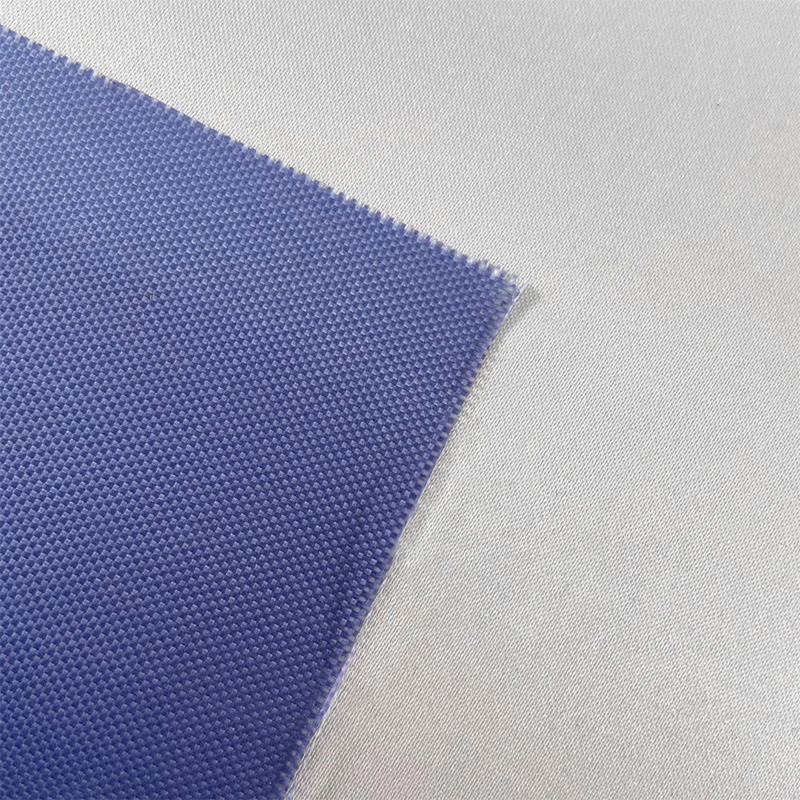Part One: Fundamental Structure and Uniqueness of Fiberglass Needle Mat
What is Fiberglass Needle Mat and Its Manufacturing Process?
Fiberglass needle mat is not an ordinary woven fabric; it is a non-woven material consolidated by mechanically interlocking chopped strands or continuous filaments of fiberglass. The manufacturing process does not rely on any chemical binders. Instead, thousands of barbed needles repeatedly penetrate the fiber layers, using mechanical force to achieve tight entanglement and solidification, ultimately forming a blanket-like structure with a specific thickness and density. This mechanical consolidation method endows it with uniform fiber distribution, excellent flexibility, and remarkable dimensional stability, making it an indispensable basic material in industrial applications requiring high strength and long-term performance.
Advantages of Binder-Free Structure and Environmental Characteristics
The fiberglass needle mat utilizes a purely mechanical needling process, completely avoiding chemical adhesives like resins or glues commonly used in traditional materials. This “binder-free” structure is one of its core advantages, as it eliminates smoke and odors generated by the decomposition and volatilization of chemical substances under high temperatures, ensuring the purity of the material in the operating environment. At the same time, this purely inorganic fiber structure grants it natural non-combustibility and superior environmental friendliness. It is not only safer in use but also aligns better with modern industry's demands for green, sustainable materials, with its value particularly highlighted in fields with extremely high cleanliness requirements, such as food processing or precision equipment manufacturing.
Part Two: Exceptional Performance in High-Temperature Environments
Core Role of E-Glass Fiberglass Needle Mat in High-Temperature Insulation
E-glass fiberglass, or alkali-free glass fiber, is the base material for most standard needle mats, known for its excellent electrical insulation properties and relatively lower cost. The core function of the E-glass fiberglass needle mat is to provide reliable high-temperature thermal protection. Due to its high melting point, it can work continuously and stably at temperatures up to 550°C without softening or performance degradation. This outstanding heat resistance, combined with its low thermal conductivity and the air layers formed by countless internal micro-pores, allows it to effectively block heat transfer. It is widely used in automotive engine bays, industrial boilers, and various thermal equipment requiring persistent insulation, ensuring the safety and energy efficiency of equipment operation.
Refractory Limit and Application Fields of High Silica Fiber Needle Mat
Compared to E-glass fiber, the high silica fiber needle mat belongs to a higher grade of refractory insulation material. This material has an extremely high content of silicon dioxide, which gives it impressive temperature resistance, capable of short-term use at ultimate temperatures of up to 1000°C or even higher. Its extreme heat resistance and thermal shock resistance make it an ideal choice for aerospace, the inner lining of metallurgical industrial kilns, and special occasions requiring the highest level of fire protection. In these extreme thermal environments, the high silica needle mat not only provides insulation but also assumes the vital responsibility of a fire barrier, offering crucial protection for critical equipment and personnel safety.
Part Three: Functional Applications for Specific Industries
Application Potential in Automotive Sound Absorption, Noise Reduction, and Thermal Management
Modern automotive design increasingly focuses on riding comfort and energy efficiency. The automotive sound and thermal insulation fiberglass needle mat plays a significant role in this context. Thanks to its loose and porous fiber structure, it can effectively absorb sound wave energy and reduce noise levels inside the cabin, achieving excellent sound absorption and noise reduction effects. Meanwhile, when applied to exhaust systems and engine surroundings, its superior thermal insulation manages heat, protects sensitive components from high-temperature damage, and helps improve fuel efficiency. The material's lightweight and easy-to-die-cut characteristics make it highly suitable for manufacturing various shapes of automotive heat shields and sound-absorbing interior parts.
Lasting Insulation Performance in Industrial Kilns and Piping Systems
In heavy industries like energy and petrochemicals, maintaining stable equipment temperature and minimizing heat energy loss are crucial for operations. The industrial kiln refractory insulation fiberglass mat is designed precisely for this purpose. Whether it is for the inner lining insulation of large industrial kilns or the piping systems that transport high-temperature fluids over long distances, the needle mat provides a durable and highly efficient insulation layer. Its flexibility makes the installation and wrapping of complex-shaped equipment and pipes simple, while its resistance to vibration and chemical corrosion ensures that the insulation layer maintains stable performance over the long term in harsh industrial environments, significantly reducing energy consumption and maintenance costs for enterprises.
Part Four: Selection and Distinction: Considerations Between Different Materials
How to Select the Appropriate Fiberglass Mat Material Based on Working Temperature
When selecting fiberglass needle mat material, the most critical factor is the actual working temperature . If the application temperature is consistently below 550°C, the E-glass fiberglass needle mat will be the most economical and efficient choice, sufficient for the needs of most industrial insulation and automotive thermal management. However, if the working environment involves a higher thermal load, such as metallurgical or special kilns exceeding 650°C or even approaching 1000°C, it is necessary to upgrade to the high silica fiber needle mat to ensure that the material's structural integrity and insulation effect do not collapse under high heat. Correctly matching the material's temperature rating with the application environment is fundamental to guaranteeing safety and performance.
Discussion on the Multiple Functions of Needle Mat in Sound Insulation and Filtration
Fiberglass needle mat is more than just an excellent thermal insulator; it also demonstrates powerful functionality in the fields of sound insulation and filtration . In terms of sound insulation, the intricate fiber interlocking within forms countless micro-voids, structures capable of absorbing acoustic energy and effectively attenuating noise, making it an ideal acoustic material for building partition walls and equipment casings. In filtration applications, due to its binder-free, pure structure and high porosity, it is also often used as a filter medium for high-temperature flue gas dust removal. This versatility proves that the needle mat is a widely used and highly engineered industrial non-woven material.
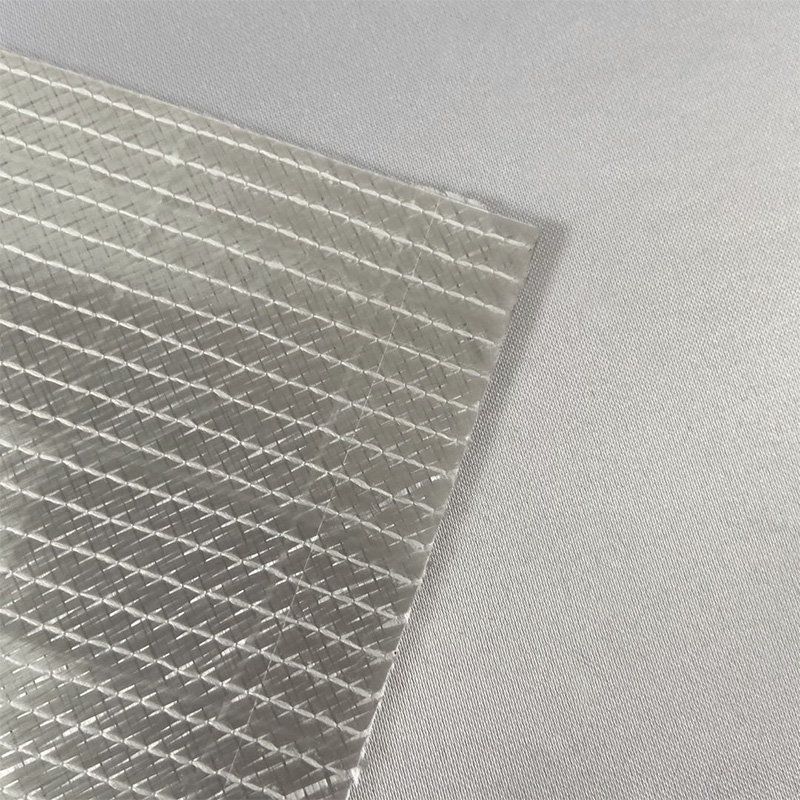

 English
English 中文简体
中文简体 русский
русский Español
Español